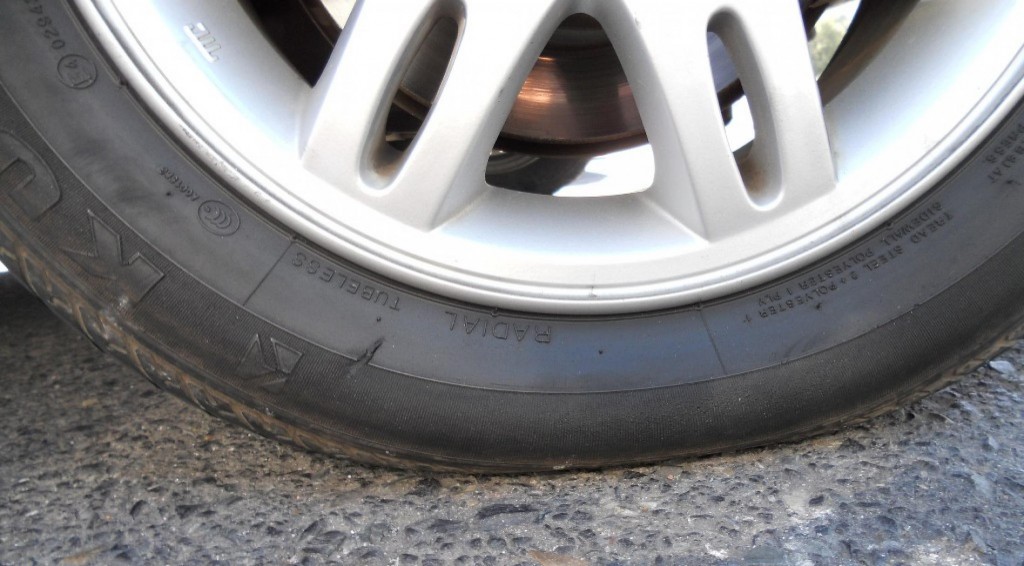Johannesburg (December 10, 2012)
Tyre maker Bridgestone has shared its five top tips for preventing tyre woes this holiday season, and the good news is that tyre checks are all well within the capabilities of the average motorist.
“Good tyre maintenance is a case of knowing what to check,” said Bridgestone PR Manager, Mandy Lovell, “and top of our tip list is ensuring your tyres are correctly inflated.”
Tyres lose pressure gradually over time and if they’re not checked for long periods, they can become dangerously under-inflated and start running hot. The extra heat and friction generated in an under-inflated tyre can eventually cause it to disintegrate, ending in a blowout. It takes energy to generate that heat and friction, and under-inflated tyres can push up one’s fuel consumption quite sharply.
“Check your tyre pressures every two weeks when the tyres are cold, to ensure you get maximum tyre life and to help identify a tyre that may have developed a slow puncture,” said Lovell. “Buy your own tyre gauge so that you don’t have to rely on garage gauges which are often inaccurate – the cost is minimal compared to the safety benefit and savings,” she added.
Bridgestone’s second tip is to check the tyres regularly for even treadwear, and to ensure there is enough tread left. The tread disperses water in wet weather, and if it’s too worn, the vehicle will aquaplane more readily, putting the driver out of control. While you’re checking the tread, look for foreign objects lodged in the tyre. The sooner you spot them, the sooner you will be able to have them removed and the tyre repaired – if possible – before further tyre damage takes place or a slow puncture develops.
Tip number three is to inspect the sidewalls of tyres for cuts or bulges. Don’t forget to pop your head under the car to check the inward-facing sidewalls – damage can occur to both sides of the tyre. Large cuts make a tyre illegal, and a bulge in the tyre is a blowout waiting to happen – replace damaged tyres straight away!
The fourth tip is to check that there are no fluids leaking onto the tyre, like oil or grease from the wheel hub, or possibly brake fluid. Apart from being signs of safety-critical failures, oil and grease can damage a tyre.
Bridgestone’s fifth and final tip is to ensure that all the various systems that help you get the best out of your tyres are in perfect working order. Worn shock absorbers reduce roadholding dramatically and can also cause premature tyre wear. Incorrect wheel alignment does the same, and makes the vehicle tiring to drive.
“Tyre-related emergencies are almost all preventable,” Lovell said. “These five simple tips will help save you money and reduce the chances of your tyres letting you down,” she concluded.
For more detail view:
For more on Tyre Safety and Car Insurance:
Car insurance might not cover accidents with smooth tyres on your car!
What is the causal link required before a car insurer can reject your claim?
